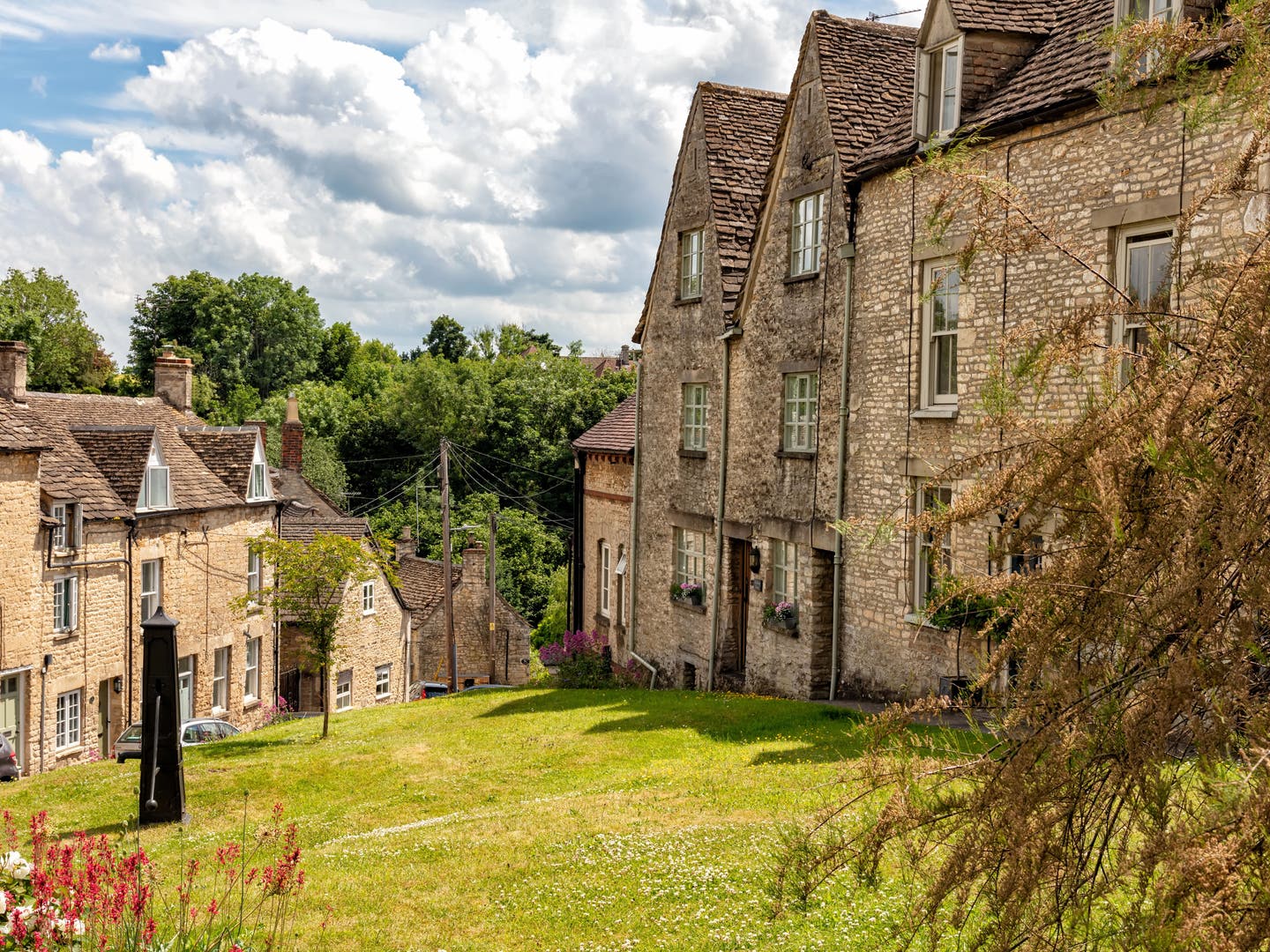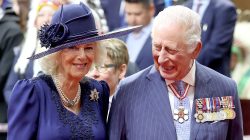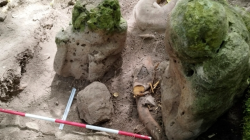Highgrove’s gardens offer a vibrant display of hues and fragrances. It features areas such as a vegetable patch, a path lined with thymes, a garden centered around a sundial, a flower-filled meadow, and an arboretum. The landscape includes rhododendrons, acacias, and neatly pruned shrubs alongside magnolias. Among these grow Mexican orange blossoms interspersed with silver-green curry herbs and blush-pink rosemary stalks, while cascading clematis vines with their lavender and ivory blooms spill over a stone wall like a waterfall.
Charles makes his mark
Garden connoisseur Deborah Herbert states that ‘King Charles himself is an artist,’ as she leads a select group of reporters through the expansive six-hectare grounds. The property, located just beyond the village of Tetbury, features a majestic Georgian mansion constructed towards the close of the 18th century. Prince Charles acquired this residence in 1980, during his tenure as Duke of Cornwall, subsequently incorporating it into the Duchy’s holdings.
Back then, Charles was 31 years old and carried the title of Prince of Wales. As the future heir to the crown, he was keen on turning a residence located in Gloucestershire, approximately two-and-a-half hours’ drive west from London, into a getaway spot with his wife, Diana Spencer. His vision involved reshaping the nearby pastures and fields into gardens that would reflect his distinctive style, much like his watercolor paintings do.
Tolong support kita ya,
Cukup klik ini aja: https://indonesiacrowd.com/support-bonus/
It was challenging to determine where to start, and I had no knowledge of the practical aspects of gardening,” he mentioned 13 years later in his book
Highgrove: An Estate’s Portrait
.” The Prince of Wales had the opportunity to leave his imprint on the palace estates. However, Charles opted instead to develop an entirely new garden from the ground up. “He sought out a fresh slate,” explains Herbert. “A newly acquired property where he could impose his distinctive touch.”
The youthful prince’s innovative spirit is similarly reflected in the current monarch. At 73 years of age, he ascended to the throne following Queen Elizabeth II’s death in 2022. This implies that he got the opportunity to embark on what had always been destined for him as a career just when many individuals typically retire.
Despite this, during his initial three years as king, he has succeeded in managing to
set his own tone
At his crowning ceremony in the spring of 2023, Charles avoided grandiose displays. Instead of inviting all 8,000 attendees like at his mother’s coronation in 1953, only 2,000 people received invitations this time around. By cutting back on “working royals,” he streamlined the royal household. During encounters with the public, he expresses emotions openly and occasionally permits physical affection—unlike Queen Elizabeth II, known for her composed demeanor and well-known phrase about keeping a stiff upper lip.
Charles approached his battle with cancer in an exceptionally innovative manner. Throughout Queen Elizabeth’s era, information about the royal family’s health conditions remained strictly confidential. However, Charles chose to publicly address his condition early in 2024 without disclosing the exact form of cancer he had. Media accounts suggest that this choice was made intentionally to allow numerous cancer sufferers to see themselves reflected in their monarch.
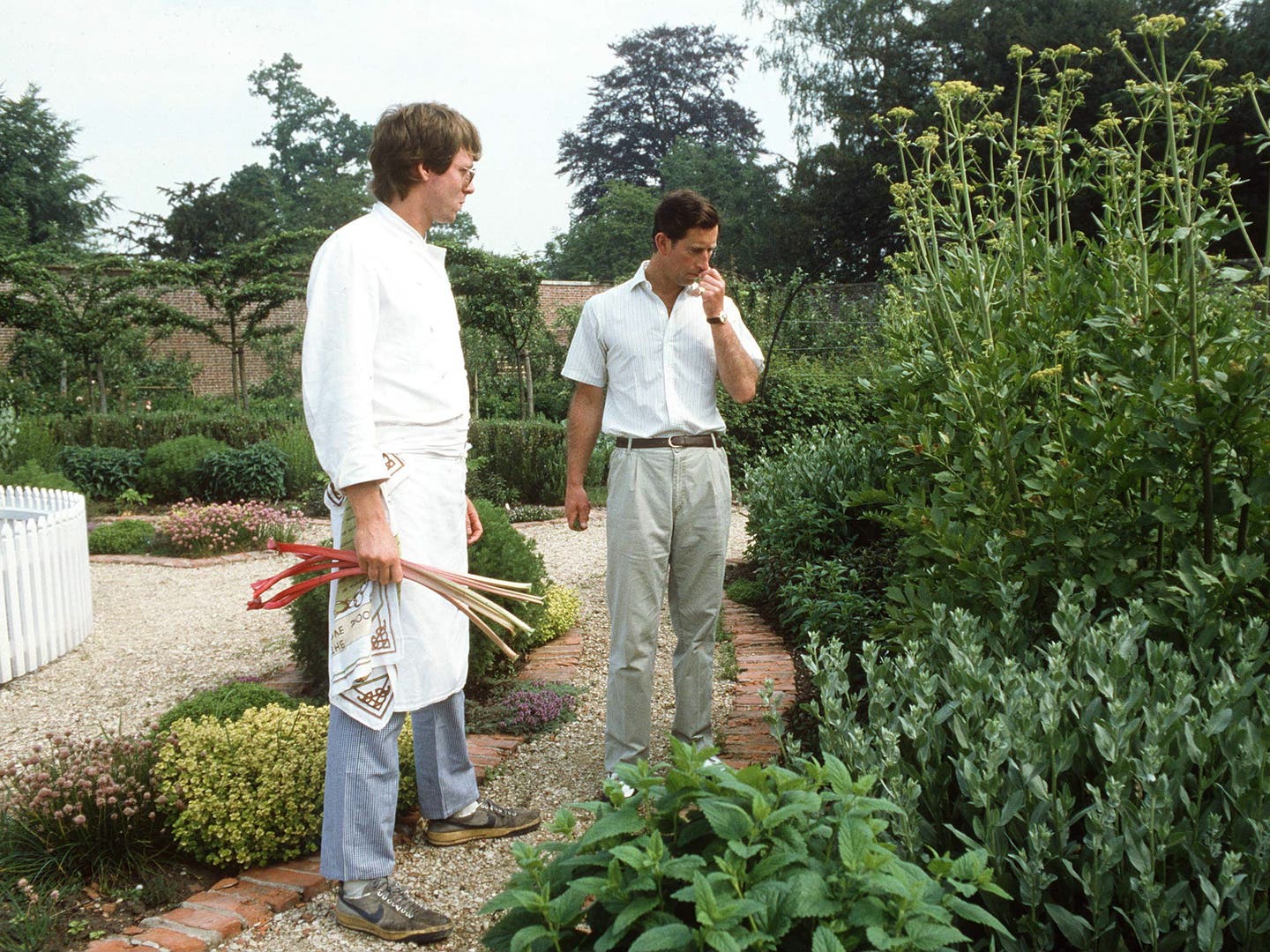
Organic and sustainable
Because of his health issues, Highgrove House has reverted to being the sanctuary for the monarch it was initially intended to serve as. It’s said that both Charles and Queen Camilla view Buckingham Palace—referred to by Charles as “the big house”—as too vast and unwelcoming. They much prefer retreating to their cozy, ivy-draped hideaway whenever they can. Public access to guided garden tours is permitted solely during times when the royals aren’t occupying the estate; photographing within these grounds remains completely forbidden.
Highgrove stands out as the most intimate among all royal dwellings. Within its gardens lie mementos from the monarch’s journeys alongside insights into his personality. During the time when Charles was next in line for the crown, he faced mockery from critics who mocked his interest in mystical fads. These skeptics might feel they were proven right upon uncovering the tale concealed beneath an protrusion in a rock wall close to the entrance leading to the vegetable patch.
Beside the protrusion is a memorial plate inscribed with “Tiga.” Tiga was Charles’ beloved pet, a Jack Russell terrier who frequently joined him during strolls in the gardens and appeared in numerous family photographs. Five years prior, when Tiga passed away at the age of 18, Charles felt profound grief. In honor of his departed companion during the period of bereavement, he arranged for an intricately crafted full-sized statue of the dog using straw and wire. Additionally, he chose to inter Tiga’s remains within the structure, ensuring that each journey between the house and the vegetable patch would serve as a poignant reminder of their cherished times together.
The gardens at Highgrove are both organic and sustainable. Prince Charles employs an array of plant species intermingled so that they naturally repel pests through their distinct aromas when grown side-by-side. Additionally, certain flora attracts birds which feed on harmful insects. In the estate’s kitchen garden enclosed within walls, only those fresh produce items such as fruits and vegetables that thrive therein are utilized by the cook in preparing meals for the manor house.
Rainwater is gathered in barrels and utilized for irrigation during arid spells. Twelve gardeners maintain the estate, occasionally joined by the king himself. Additionally, a royal organization aids young individuals in mastering traditional trades within workshops located at the edge of Highgrove.
Looking back, Charles seems to have been an early advocate for organic and sustainable gardening practices. His environmental dedication arises from a worldview that tends to be conservative and somewhat doubtful about advancements. He was keen on safeguarding traditional UK agricultural techniques and native plants and animals, perceiving them as threatened by contemporary farming methods. Charles’ politics revolve around the idea that society needs to reconnect with nature and traditions. To him, this notion supports the continuation of the hereditary monarchy into the twenty-first century.
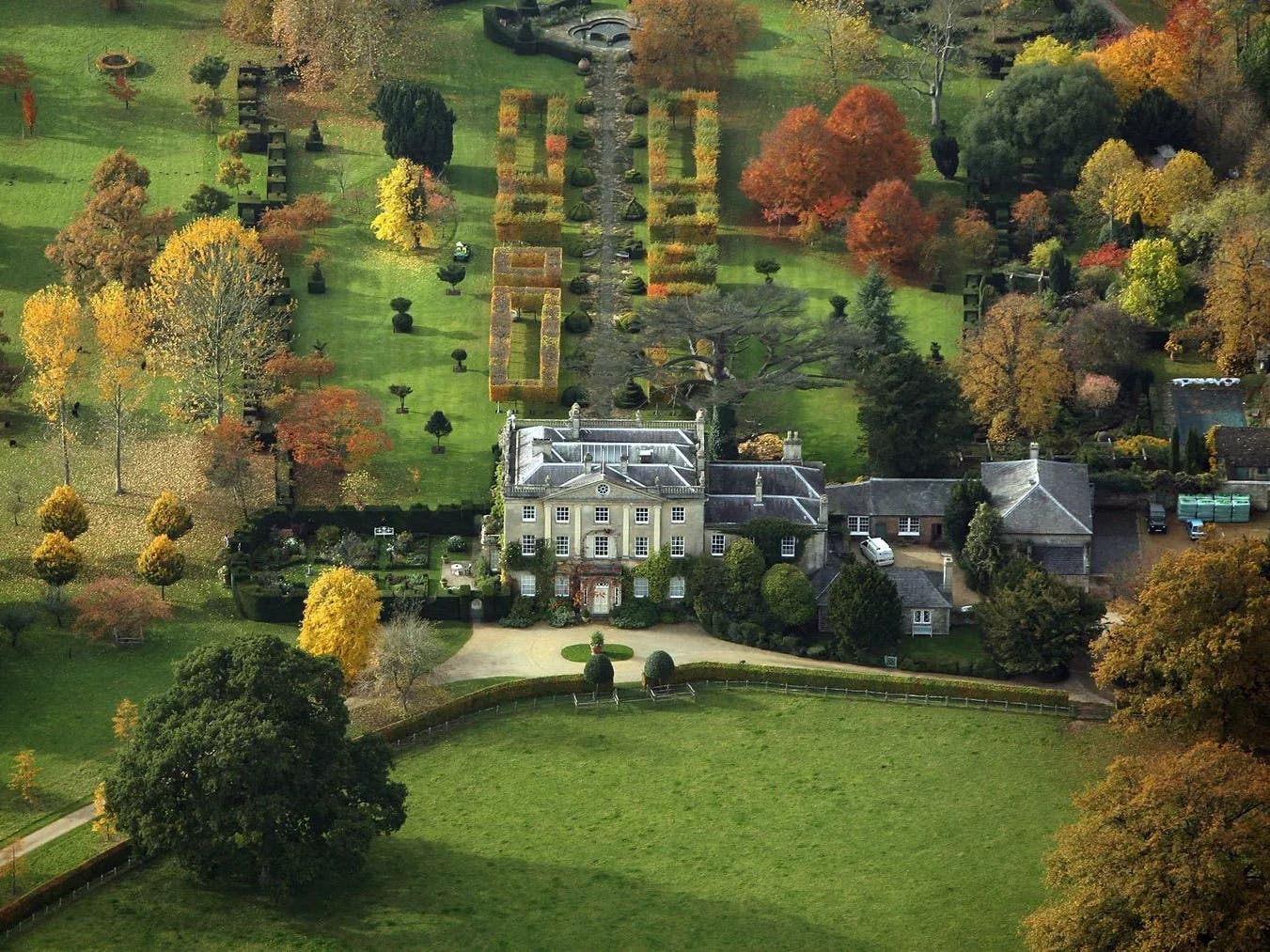
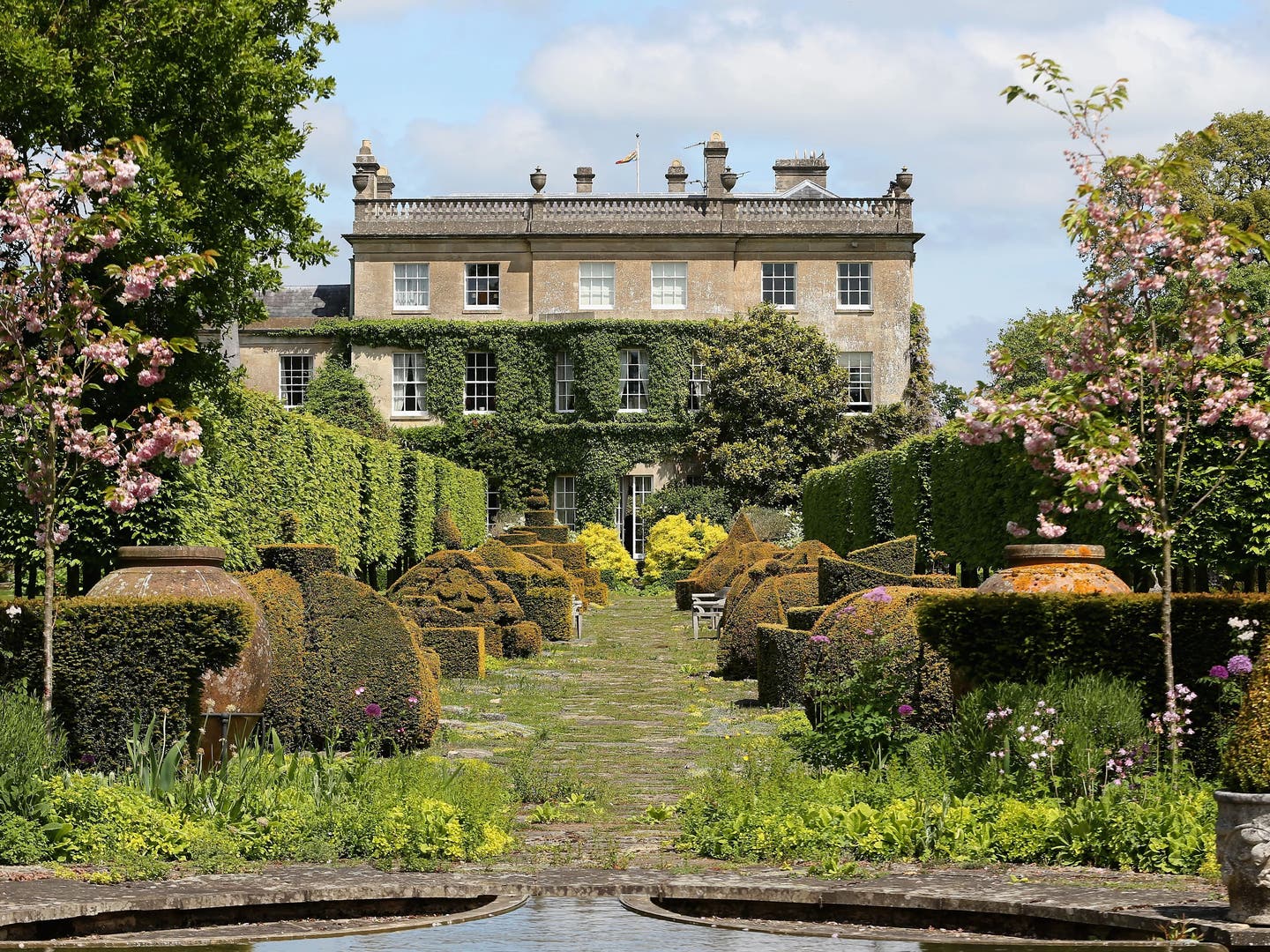
Postcolonial balancing act
As the Prince of Wales, Charles frequently penned letters to British ministers addressing various issues like meals for schoolchildren, alternative medicine, and environmental conservation. Despite concerns that he might become an “active monarch,” these worries haven’t materialized. Similar to his mother, Charles refrains from engaging in UK domestic affairs and upholds the prestige of his role by supporting governmental efforts abroad. Concurrently with UK Prime Minister Keir Starmer’s diplomatic initiatives, Charles welcomed US President Donald Trump to Windsor Castle for another official visit. Additionally, he hosted Ukrainian President Volodymyr Zelenskyy for tea at the same location.
Republicans advocating for replacing the monarch with an elected leader continue to be a minor group within the United Kingdom. More significantly, King Charles faces challenges related to the future of the Commonwealth. Serving as the symbolic head of the Commonwealth, the king maintains cohesion among former British territories. Currently, he officially serves as the head of state for 15 nations ranging from Australia and Canada to Jamaica and the Bahamas.
Because of their common colonial past, these nations have developed into a platform for critically assessing the impact of imperialism. When Charles visited Kenya in 2023, he faced calls for an apology regarding colonial-era abuses. The following year, in 2024, Caribbean countries compelled Britain to engage in discussions about the transatlantic slave trade.
So far, Charles has performed the postcolonial balancing act reasonably well. While he has avoided issuing official apologies to dodge reparations claims, he has expressed genuine remorse through his words and demonstrated willingness to critically examine the royal family’s historical involvement. During his visit to Kenya, he addressed the「abhorrent and unjustifiable acts of violence」inflicted upon Kenyans during their fight for freedom. He stated these actions were a source of「great sorrow and deep regret.」
During his address at a state dinner in Nairobi
.
Despite being viewed more critically now compared to a few years back, the British royal family still perceives itself as a global entity unchanged. At Highgrove’s sprawling grounds, an array of artworks sourced globally can be found. Italian terracotta containers share space with Chinese Yakut clay vessels and Greek amphoras. A present from the Sultan of Oman adorns the pigeon house. Adjacent to the vegetable patch stands the “Egyptian Gateway,” inscribed with hieroglyphs asserting their universal significance:
The blooms in the garden mirror the stars in the heavens above.
»
Reconciliation with Harry?
The most peculiar part of the gardens is referred to as ”
The Stumpery
As gardening authority Herbert puts it, a cluster of tree stumps forms a “natural sculpture gallery.” These stumps are covered with ferns, and the surrounding wilderness draws various birds and insects. Charles has previously explained that this idea from the Victorian era highlights the beauty and patterns formed when nature is left undisturbed.
At the heart of this magical garden rises a treehouse constructed by Charles back in 1988. When his boys, William who was six at the time and Harry just four, could still enjoy their youth. This shelter, crafted from oak timber topped with a sharply angled thatch-covered roof, was thoughtfully decorated with illustrated storybooks, an array of teacups, saucers, and cushions for comfort. Affectionately named “Holyrood House,” it pays homage not only to Scotland’s regal Holyrood Palace in Edinburgh but also celebrates the holly tree where the structure first took root.
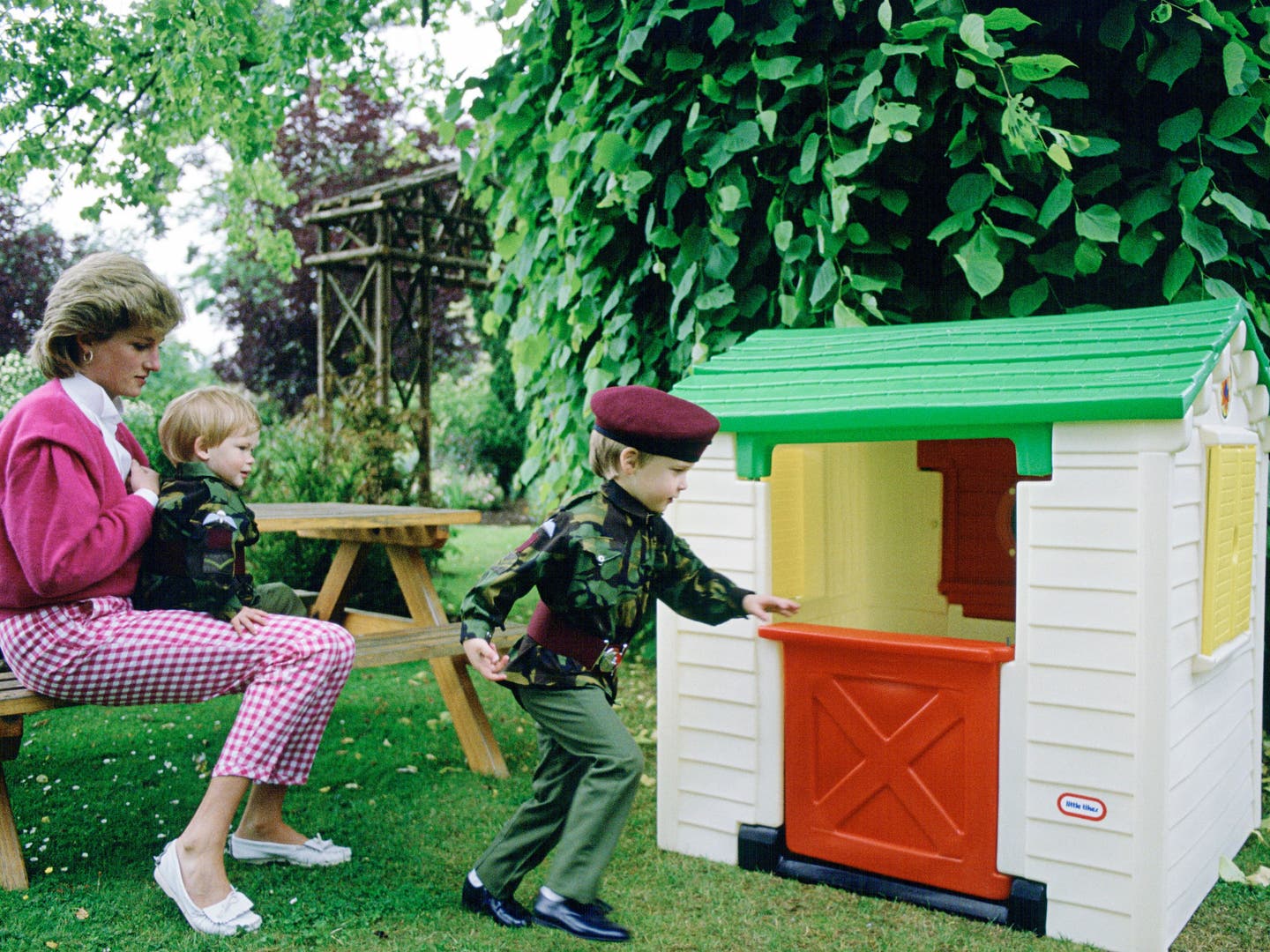
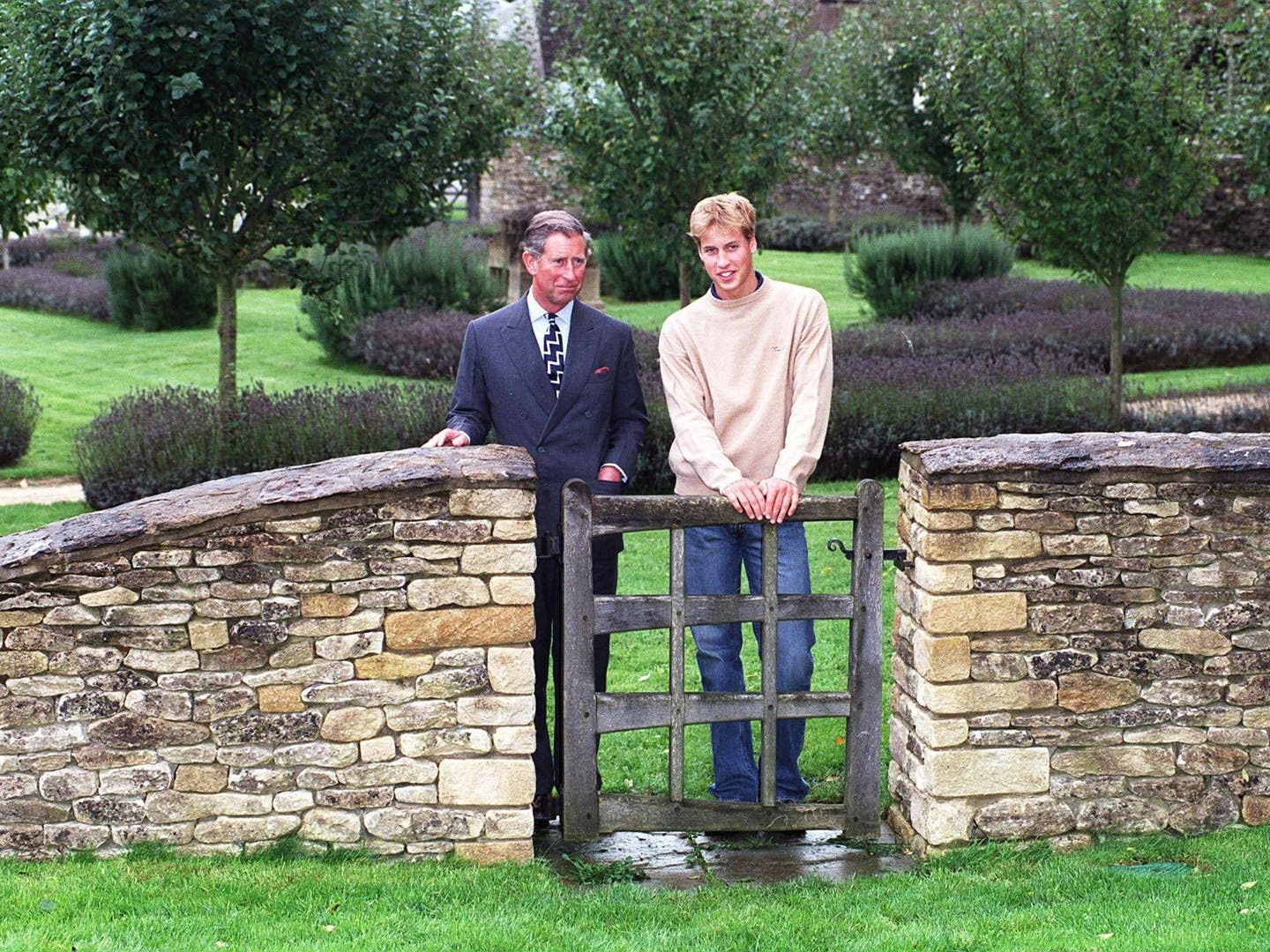
When they were young, William and Harry often visited Highgrove during weekends and school holidays. The brothers enjoyed horseback riding, frolicking in the fields and forests, and tending to the gardens. To this day, one can easily picture them spending countless hours engrossed in play within the treehouse and around the logs.
By the late 1980s, Charles and Diana’s marriage had begun to show signs of strain, eventually culminating in their separation in 1992. For an extended period, much of how Charles was perceived publicly was influenced by conflicts with Diana as well as his ongoing affair with Camilla, who would later become his spouse. Currently, it is the deteriorated connection with Harry that looms over Charles’ rule.
Since Harry and his spouse Meghan Markle departed for the United States five years back, their bond with his dad has remained tense. Through his memoir “Spare” and a show on Netflix, Harry aimed not just to address past grievances with gossip magazines but also with his sibling William and with Charles, who he portrayed as an emotionally detached father. During a recent appearance on BBC, Harry elaborated further.
he expressed his desire to reconcile with Charles
He conveyed his sorrow over their growing apart and, referencing his father’s illness, continued, “I’m unsure of how much time my father has left.”
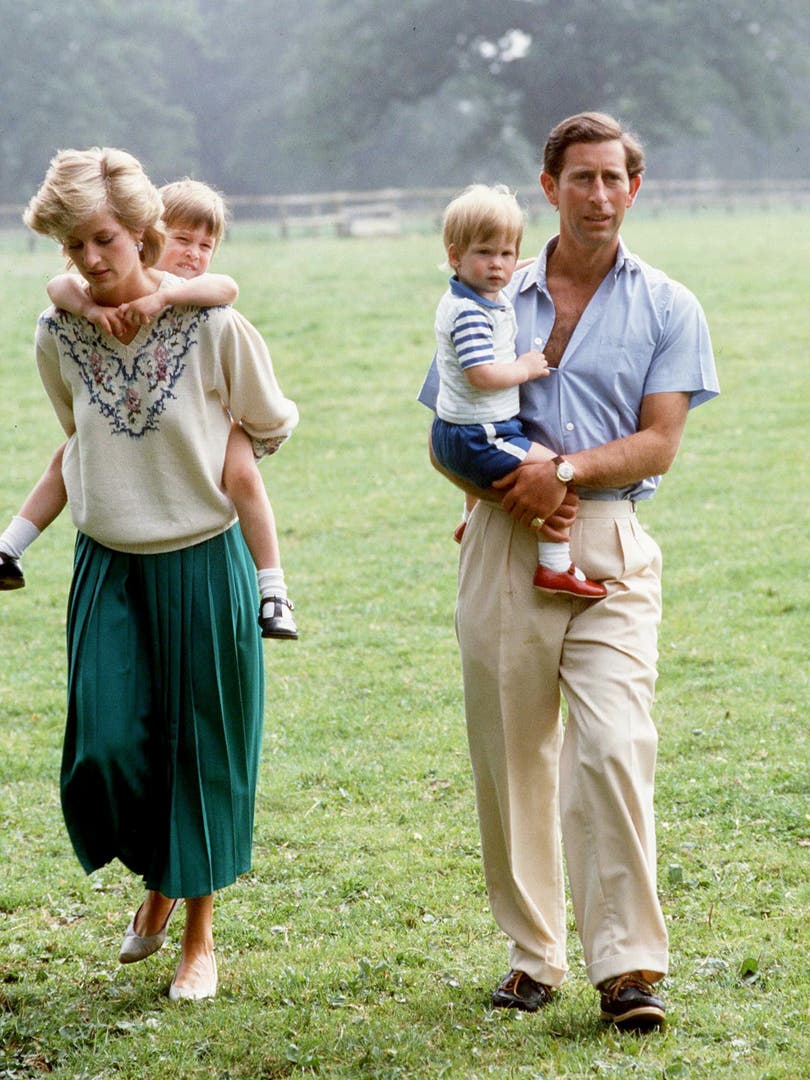
During public engagements, Charles currently seems robust and energetic, even though he persists with his regular cancer therapies. He refrains from discussing his connection with Harry in public settings. The monarch might be inclined towards reconciliation; nonetheless, his counselors reportedly advised against maintaining communication with his elder son.
Charles gleaned from his mother that the continuity of the monarchy outweighs individual feelings. Understanding that her lengthy rule might make him appear merely as a regal bridge, Charles acknowledges this reality. At 42 years old, Prince William is poised to ascend to the crown next. Both widely admired like his spouse Kate, he carries forward his father’s dedication to ecological issues.
In 2015, Charles oversaw the renovation of the treehouse for Prince George, who at the time was his oldest grandchild. Given that he stands as the first in line to succeed the throne after his father, William, along with Catherine, young George represents the enduring continuity of the royal lineage. Several years back, both Charles and young George participated in planting a balsam poplar within the grounds; this sapling holds pride of place just before Highgrove House itself. Despite being slender today, the tree’s limbs have started extending outward vigorously. Typically growing upwards of 50 meters tall with trunks spanning more than two meters wide, some specimens endure for four centuries.
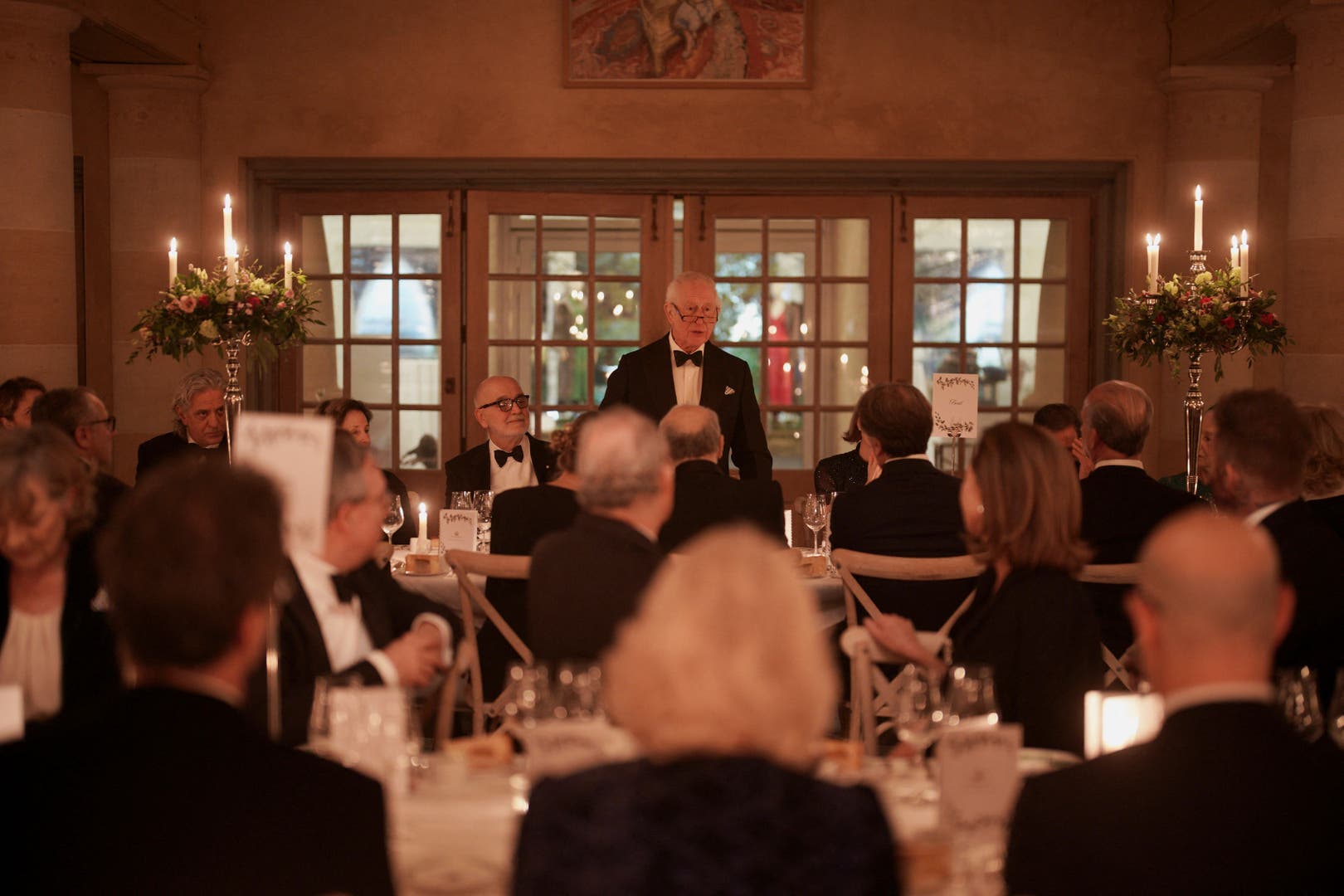
Latest articles
NZZ Geopolitics
— The standalone Swiss perspective
Operating independently from the American media landscape, the NZZ provides unique perspectives that counter the polarizing viewpoints commonly seen in U.S. news outlets. We aim to offer comprehensive and balanced reports on worldwide issues, encompassing changes in the United States, Europe, China, and further regions. Maintaining an unbiased position, we scrutinize events critically yet dispassionately. Supported by our reliable team of overseas correspondents and specialist journalists stationed in Switzerland, we present incisive analyses along with enhanced comprehension of geopolitical dynamics and the global economic climate.
Sign up for our
free newsletter
or follow us on
Twitter
,
Facebook
or
WhatsApp
.

